Too busy with West Asia, former US Vice-President Dick Cheney did not have particularly India-specific moments in his career apart from the unavoidable ones that came to his table.
The legacy of Richard B “Dick” Cheney in American political history is overwhelmingly defined by his tenure as vice president (2001-2009), his role as a chief architect of the Iraq war and his indelible influence on the post-9/11 national security state.
There is little doubt that his name conjures images of hawkish ideology, expanded executive power and a relentless focus on West Asia. However, within the broader context of the George W Bush administration’s foreign policy framework, Cheney played a significant, albeit often behind-the-scenes, role in one of the most transformative geopolitical shifts of the 21st century.
When it comes to India, Cheney’s involvement with New Delhi was less about direct, repeated bilateral visits or public diplomacy, and more about applying his trademark strategic, long-term worldview to a relationship previously constrained by decades of Cold War-era distrust and US non-proliferation dogma.
His quiet but firm backing was crucial to ushering in the centrepiece of the India-US Civil Nuclear Agreement.
Strategic calculus: Elevating India
Cheney did not step into the big shoes of US vice presidentship out of the blue. He steered Pentagon prior to that as secretary of defence and also had vast knowledge of energy security because of his corporate background.
By the early 2000s, US increasingly viewed China’s rapid rise as the defining challenge of the new century. For the Bush administration, and Cheney in particular, India was not just a democracy but a potential democratic counterweight and strategic anchor in Asia.
This strategic recalibration demanded a break from past policies, specifically those that treated India as a non-proliferation pariah following its 1998 nuclear tests. The Cold War logic that necessitated balancing India against Pakistan, or penalising India for its nuclear programme, was deemed obsolete by Cheney and the faction he represented. The new objective was to cultivate India as a “major world power in the 21st century,” a goal that required overcoming fundamental policy obstacles.
Impact Shorts
More ShortsIn this context, Cheney’s role was that of an internal champion and strategic enforcer. His influence within the White House and the Republican Party was instrumental in mobilising support for a policy that faced strong resistance from traditional non-proliferation advocates in the State Department and Congress.
Championing the civil nuclear deal
The India-US Civil Nuclear Agreement (2005-2008) was the single most important component of the new strategic partnership. It was a deal that essentially recognised India as a responsible nuclear power, granting it a de facto nuclear waiver and allowing for full civil nuclear energy cooperation, despite India’s refusal to sign the Nuclear Non-Proliferation Treaty (NPT).
Cheney’s public statements and private efforts were vital in pushing this landmark agreement through a sceptical US Congress. In June 2006, speaking at the US-India Business Council, Vice President Cheney described the nuclear deal as “one of the most important strategic foreign policy initiatives of our government.”
Cheney frequently emphasised India’s democratic and pluralistic character as the foundation of the new partnership. In the same 2006 address, he highlighted India’s successful multi-ethnic society, noting, “The decisive factor is not anyone’s heritage, but everyone’s India’s political system ensures the broadest possible participation.”
This framing elevated the partnership beyond transactional politics to one based on shared democratic values in the fight against global terrorism, a key post-9/11 priority for Cheney.
For a vice-president whose entire career was rooted in national security, the deal was framed as an essential component of enhancing global security and stability. He argued that the agreement, by bringing India partially into the international non-proliferation regime and securing its continued moratorium on nuclear testing, would ultimately strengthen non-proliferation rather than weaken it.
The Enron connection
While the nuclear deal dominates the strategic narrative, Cheney’s connection to India had earlier, less-publicised dimensions, particularly concerning the Dabhol power project by Enron in Maharashtra.
In the early months of the Bush administration, the vice-president’s office, through Cheney, was reportedly involved in pressing the Indian government to resolve the stalled Dabhol project, which was facing legal and financial crises.
Given Cheney’s previous role as CEO of Halliburton, an energy services giant with international interests, his intervention—though officially characterised by the White House as simply inquiring about the project’s status—highlighted the interplay between his political influence, commercial ties and India-US economic engagement.
According to an article Enron: What Dick Cheney Knew in the The Nation on April 15, 2002, by John Nichols laid out a striking account of how Cheney — as the US vice-president — may have intervened on behalf of Enron Corporation in its troubled Indian project.
As per the article, on June 28, 2001 an e-mail from a National Security Council aide noted that “the veep mentioned Enron in his meeting with [Indian Congress Party leader] Sonia Gandhi yesterday.” Then, in an October 3, 2001-exchange with India’s foreign minister, Cheney again raised the issue.
The article also reported that during the drafting of the US National Energy Policy led by Cheney, a clause was inserted recommending that the US Secretaries of State and Energy “work with India to help that country maximize its domestic oil and gas production”.
But the article noted that this recommendation made no sense as a US national energy priority — rather it benefitted Enron by having two US Cabinet secretaries officially enlisted in Enron’s conflict with the Indian government.
The article claimed that Cheney intervened — or at least lent his prestige and the imprimatur of the US government — to support Enron’s interests in that India dispute. The question was whether the vice president’s energy-policy apparatus and foreign-policy outreach were used to serve a private company’s interests abroad thereby raising troubling issues of conflict of interest, transparency and accountability.
A mixed legacy
While Cheney did not author the grand strategy of embracing India, however, he was arguably the most powerful internal advocate for making that strategy a reality. The period of his vice presidency coincided with the successful transformation of the India-US relationship from a strained, cautious dynamic to a comprehensive, multifaceted “strategic partnership”.
Cheney’s legacy concerning India was thus one of strategic enablement and also that was marred by the Enron fiasco. Nevertheless, while his major historical narrative remains tied to West Asia, his quiet, forceful support for the India deal remains a vital, yet understated, chapter in the history of India-US relations.


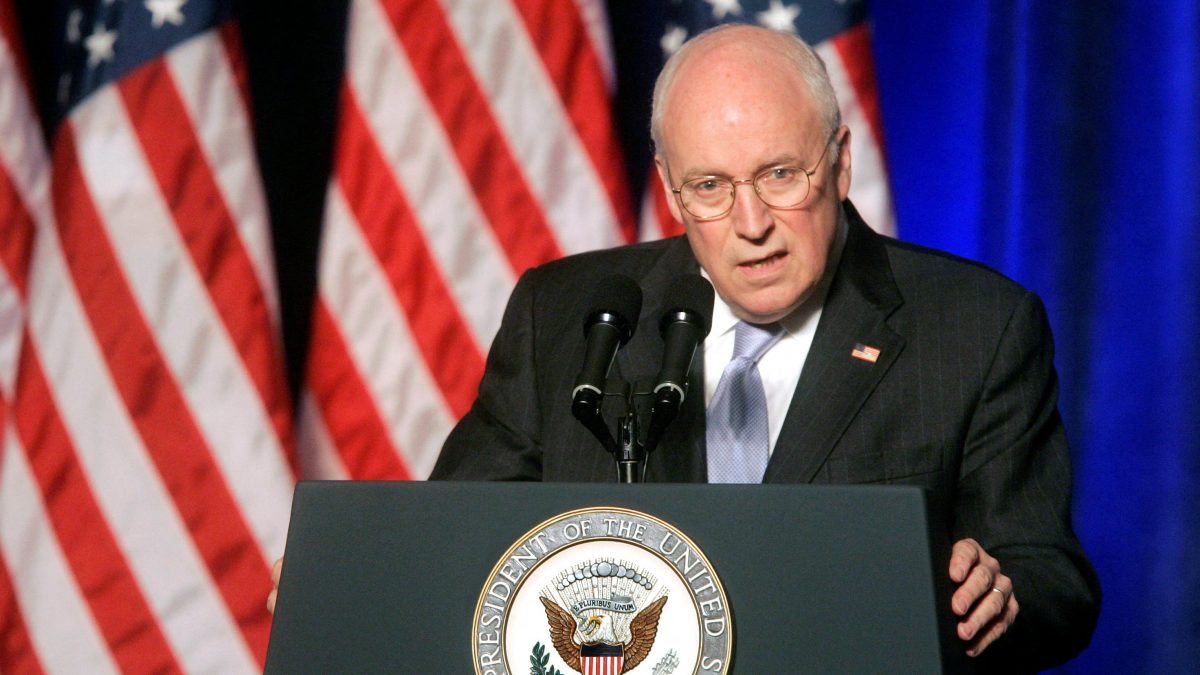)
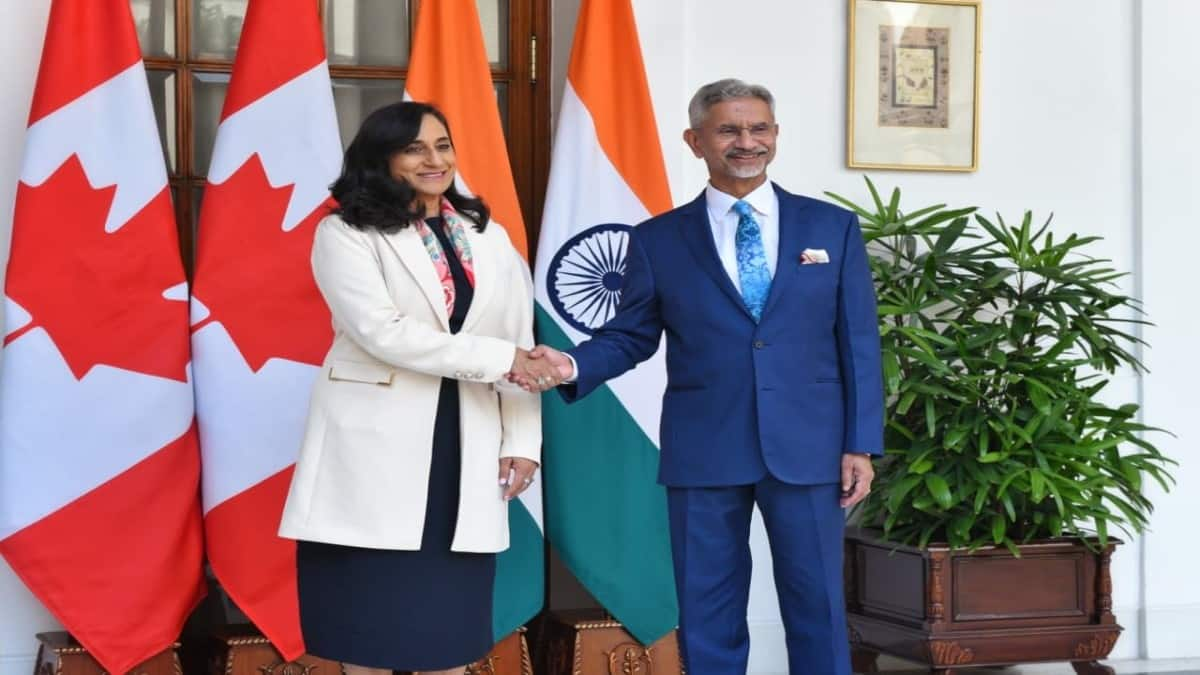
)
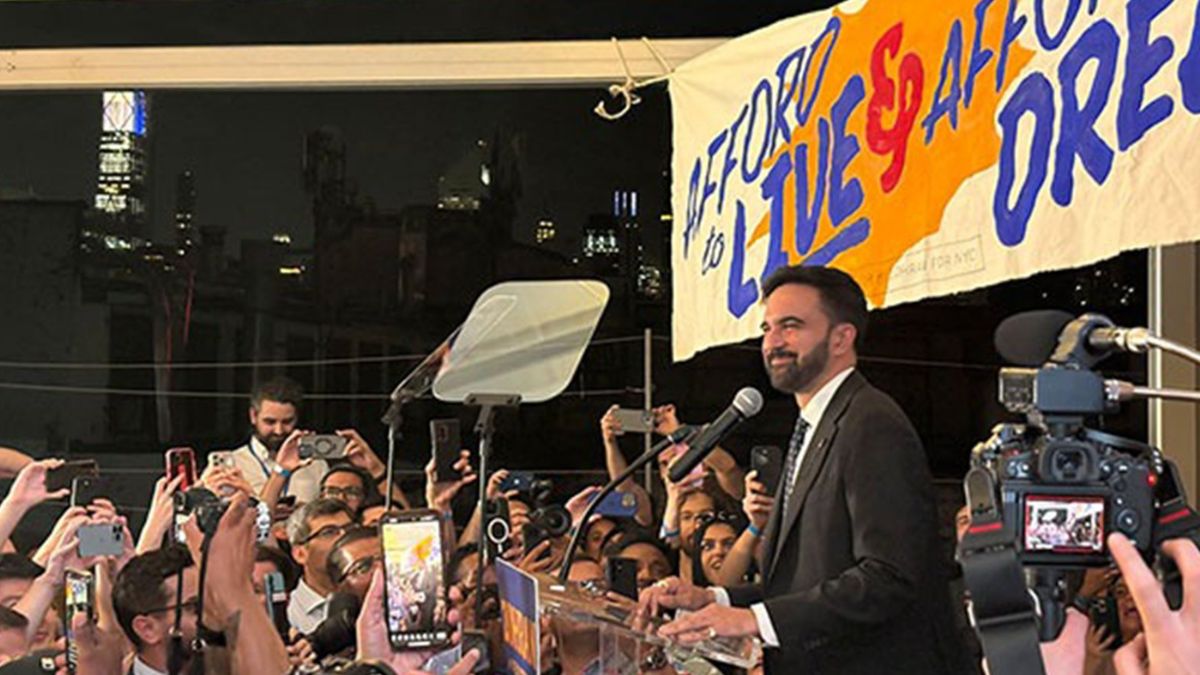)
)
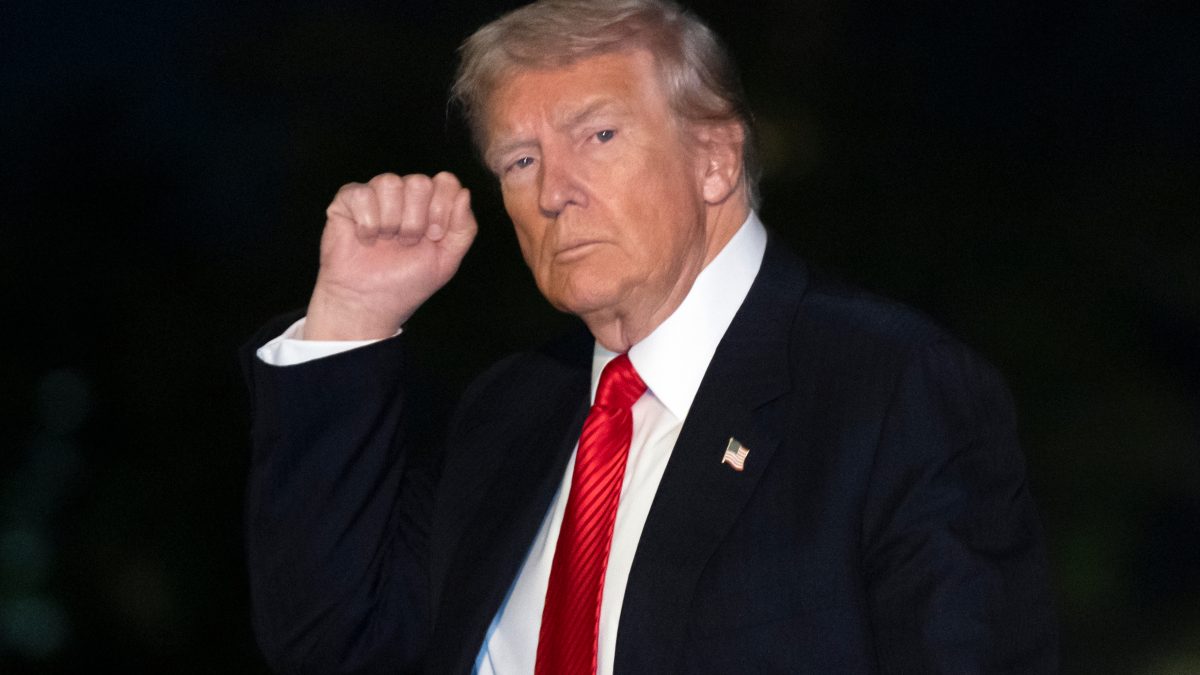)
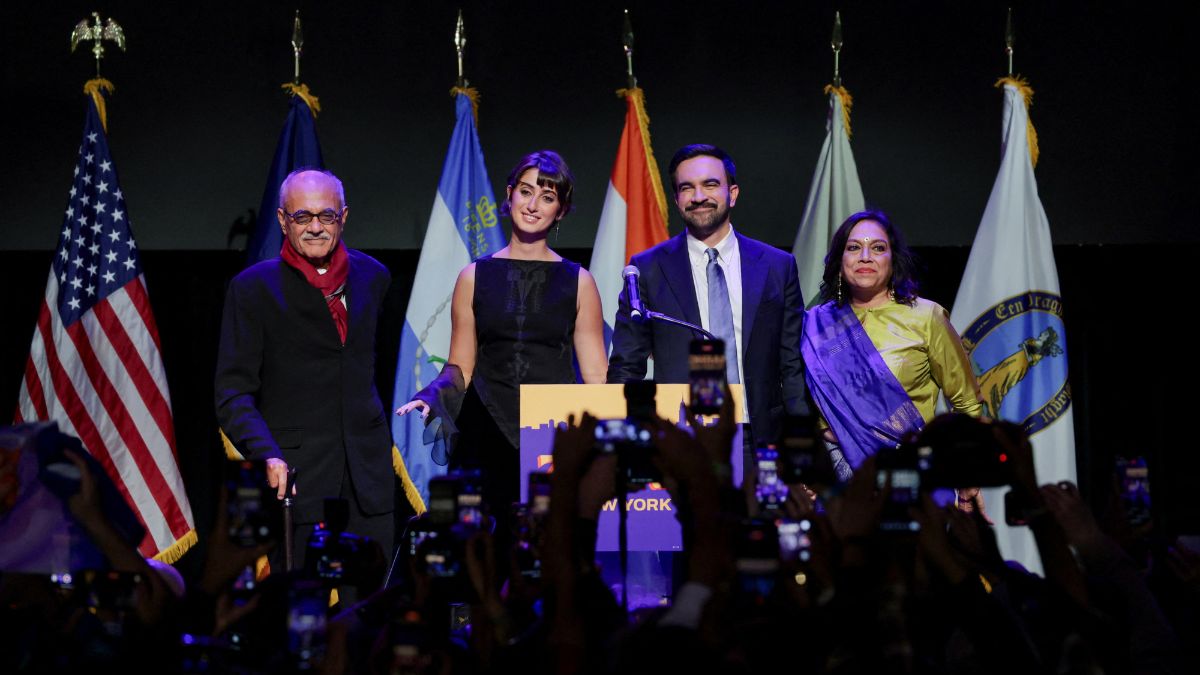)
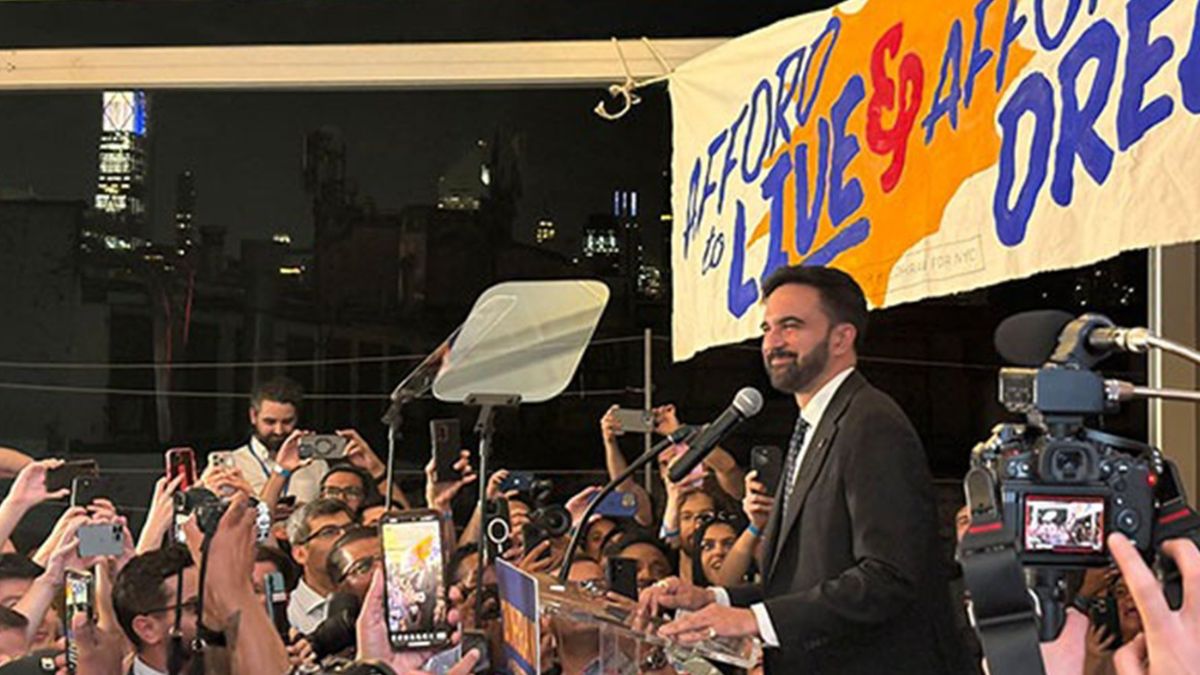)
)
)



